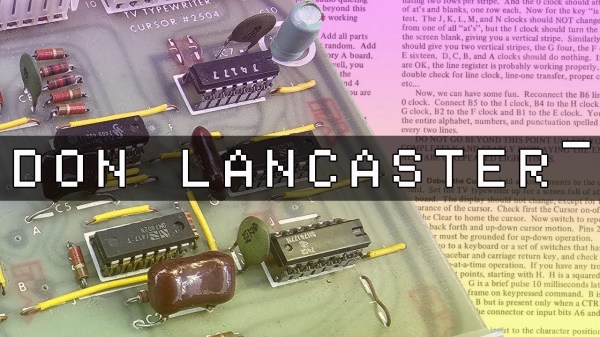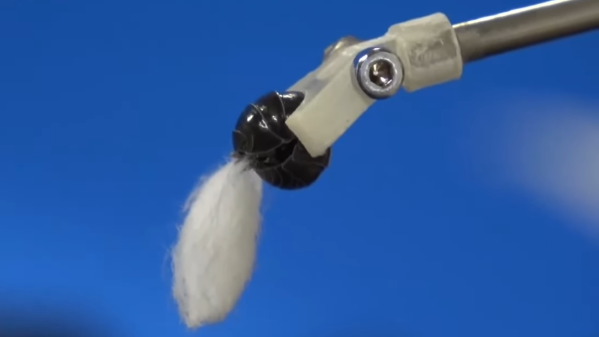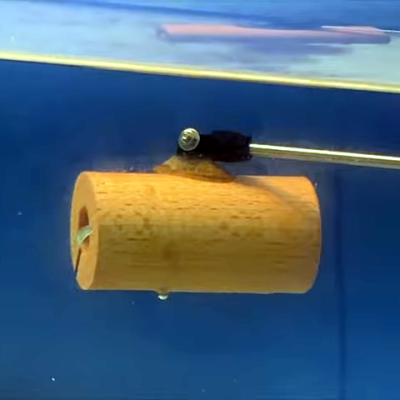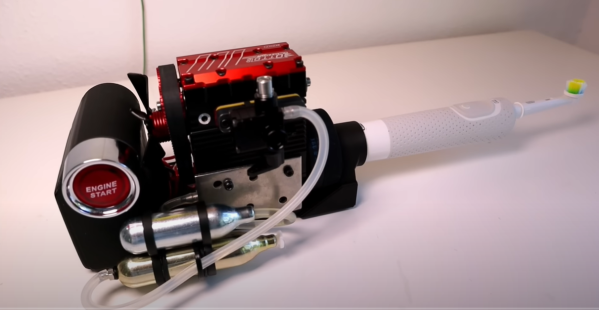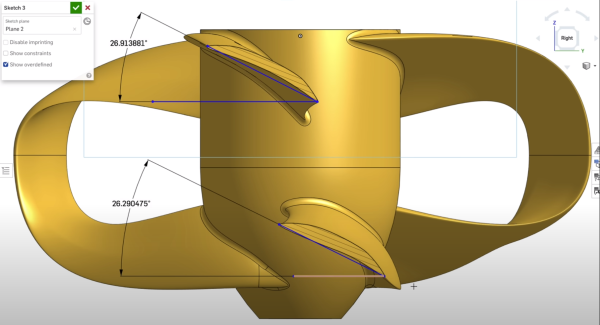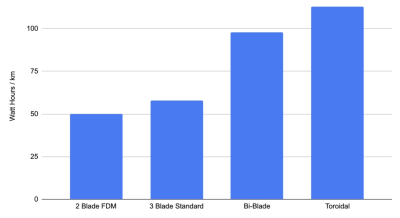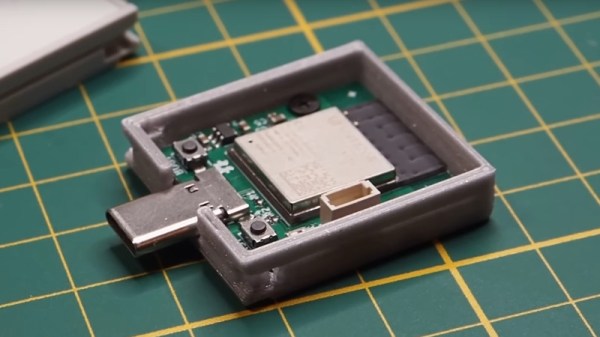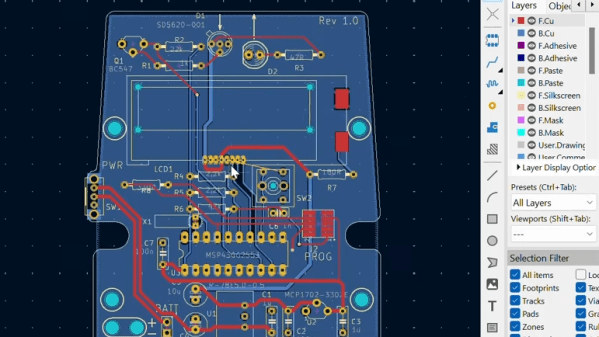The electronics world has lost a guru. On June 7th this year, Don Lancaster passed away. [Brad] from Tech Time Traveller paid tribute to Don in a recent video. Don Lancaster was perhaps best known as the designer of the TV Typewriter. The Typewriter drew characters on a TV screen when the user typed on a keyboard. It was the fundamental part of a simple terminal. This was quite an accomplishment in 1973 when the article was first published.
Don embodied the hacker spirit by figuring out low-cost (cheap) ways to overcome obstacles. His genius was his ability to communicate his methods in a way even non-technical people could understand. Keyboards are a great example. Back in the 1970’s a simple keyboard cost hundreds of dollars. Don figured out how to build one from scratch and published an article explaining how to do it.
Like many people we cover here on Hackaday, Don was quite a character. His website layout hasn’t changed much since the 1990’s, but the content has grown. To say he was a prolific writer would be an understatement. PostScript, Magic Sinewaves, and patents are just a few of his favorite topics. Don’s recent work involved the research of prehistoric canals in the American Southwest.
Everyone here at Hackaday sends our deepest condolences to Don’s family.

